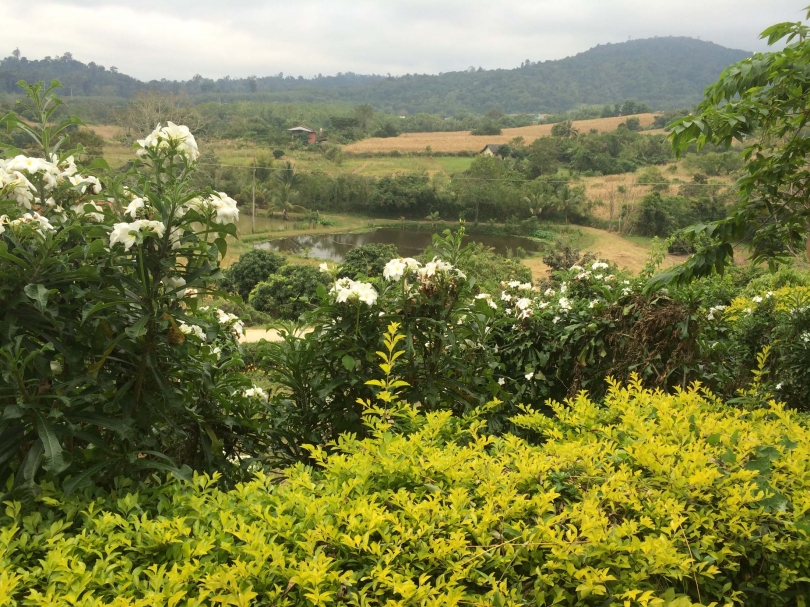Thai forest’s survival story a model for world conservation

To keep Sakaerat forest’s world-class reputation, Thai agencies recently implemented a remote sensing system employing aerial and satellite photographs to help study and protect this one-million-rai jungle which spans Nakhon Ratchasima’s Pak Thong Chai an
Sakaerat – Thailand’s first forest to enter UNESCO’s Man and the Biosphere Programme’s World Network of Biosphere Reserves in 1976 – has been under the Thailand Institute of Scientific and Technological Research (TISTR)’s supervision for four decades. This state enterprise has begun collaboration in a system with the Geo-Informatics and Space Technology Development Agency.
Representing Thailand - along with Hauy Tak Teak, Mae Sa-Kog Ma and Ranong forests - in the list of 651 biosphere reserves in 120 countries, Sakaerat forest has been able to maintain biodiversity and fertility for 48 years because of its good management system, according to Science and Technology Minister Pichet Durongkaveroj.
Sakaerat was divided into three zones: the Core Zone; the Buffer Area; and the Transition Area, Pichet explained. First, the legally protected conservation zone, which prohibits any human activity except for research, covered the 36,905-rai Khao Phu Luang National Reserved Forest. It is also where the Sakaerat Environmental Research Station (SERS), was established in 1967 primarily as a site for research on dry evergreen and dry dipterocarp tropical forest. SERS now also functions as a learning centre for group visitors from educational institutes as well as public and private agencies.
Second, the buffer area covers the 70,544 rai of forestland surrounding the core zone and formerly was heavily encroached upon in many areas. This buffer area can be used for activities including research and eco-tourism. Third, the transition area covers 974,847 rai of land allowed for people’s farming and settlements.
SERS director Taksin Artchawakom said Sakaerat used to be heavily encroached on, but when the biosphere project was in place, the cases of encroachment reduced.
The project’s original area of 50,000 rai has grown bigger and bigger thanks to community education and outreach activities to boost ties between human and forest, he said. Some 100 families living in the core zone were brought out to live on the forest outskirts in 1981 and helped the core forest recover and replenish, he added.
“Some areas that were farmland in the past were reforested; while some were left for grass to turn into meadows. The forest recovered naturally,” Taksin said.
Citing aerial and satellite photographs, Taksin said they showed that dry evergreen forest area’s meadows had increased by some 4.5 metres per year.
“I believe that, if the outskirt forest could survive, inner layers such as the buffer area and core zone could survive, too. I’m sure that if we hadn’t started forest management like this, we would have much less forest area for studies of the environment and diversity system,” he added.
Sakaerat now contains various rare trees and plants such as Ta-khian Hin or Malut (Hopea ferrea Laness), Ta-khian Thong (Hopea odorata), and Krabok (Irvingia malayana).
It’s also home to rare wildlife like wild boar, the Siamese fireback pheasant, and Malayan giant squirrel. This forest’s fertile biodiversity has been the source for more than 500 important research projects, Taksin said.
The key principle for sustainable forest conservation in Thailand comprised four key factors: the clear territory setting; good man-forest interaction; personnel consistency; and research promotion that helped pass on a body of knowledge and methods to other conserved forests, he said.
The ministry is using the “Sakaerat Model” as a good example for other Thai forests. The technology of aerial and satellite photographs has been implemented to monitor for encroachment and other timely problem-solving, he added. If proven successful, the technology would be implemented at other forests too, he said.
RELATED
